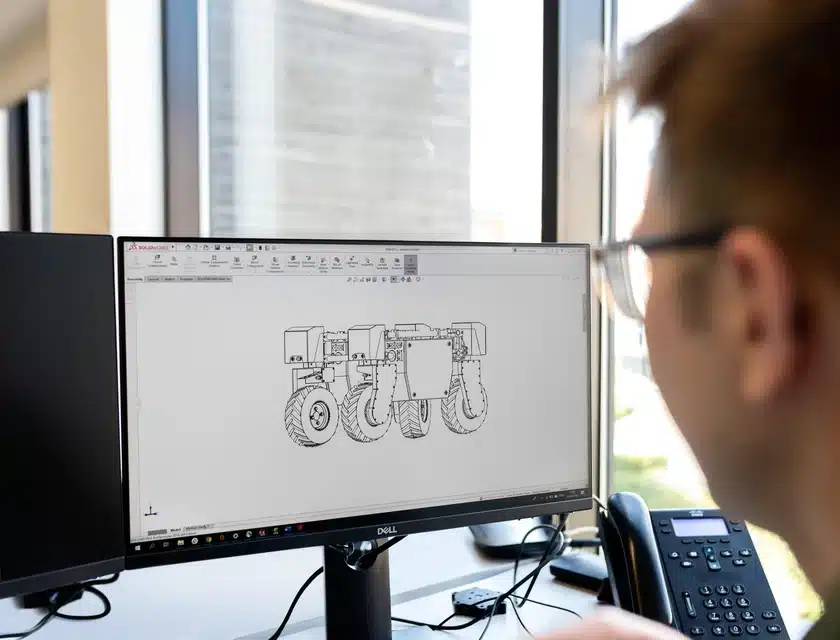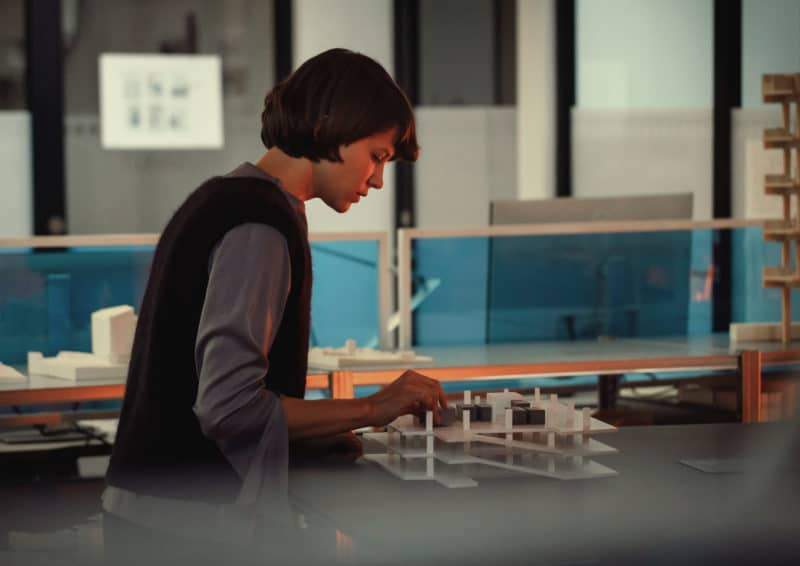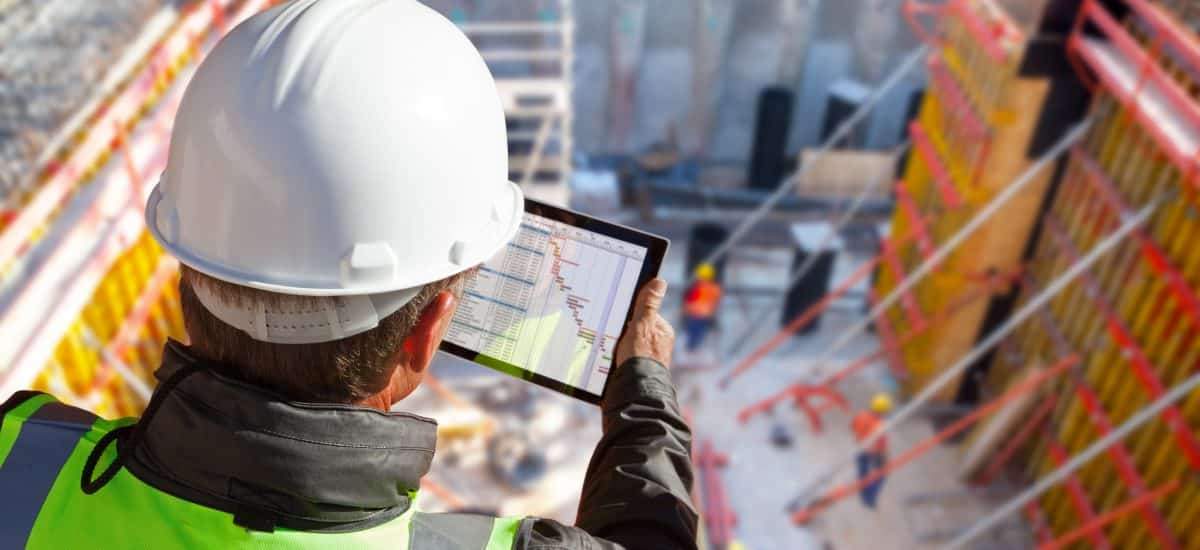Responsibilities and tasks of the architect
An architect is the person responsible for the design and planning of buildings and architectural structures.
The architect has great responsibilities in achieving a balance between aesthetics, functionality and economics for the projects he works on.
After determining the client’s requirements, the architect prepares architectural drawings and designs.
These drawings must be detailed and accurate to enable contractors and other engineers to carry out the project correctly.
The architect must also be familiar with the latest technologies and programs used in designing buildings and facilities.

The role of the architect in the construction process
Construction and urban development
The architect is an essential part of the construction and urban development process.
Work in this field requires high artistic and technical skills,
in addition to a deep understanding of architectural and interior design principles.
One of the main responsibilities of an architect is to analyze and understand the client’s needs and translate them into an appropriate architectural design.
The architect must be able to communicate effectively with the client to understand his vision and requirements and transform them into a realistic design.

Construction industry techniques
The architect must be familiar with the latest technologies and materials used in the construction industry to meet the needs of the client and achieve the desired design.
In addition, the architect is responsible for implementing the project correctly according to the approved design.
The architect must collaborate with the construction team and contractors to ensure that the design is implemented correctly in accordance with local and international standards and regulations.
The architect must also be able to solve technical and design problems that may arise during the construction process and make the right decisions to deal with them.

Safety of buildings and facilities
One of the most important responsibilities of an architect is to ensure the safety of the buildings and structures he works on.
The architect must be familiar with architectural and engineering safety laws and regulations,
To ensure that buildings meet the necessary standards to protect against natural disasters and human accidents.
The architect must collaborate with civil, electrical,
and mechanical engineers to ensure design integrity and the overall safety of the project.
The impact of modern technology on the safety of construction sites
Conclusion
In short, an architect has great responsibilities in designing and implementing architectural projects.
He must have the knowledge and skills necessary to achieve a balance between aesthetic, functional and economic projects.
Must be able to communicate effectively with the client and construction team and ensure the safety of buildings and facilities.
The architect is the creative mind and implementer of architectural and design ideas,
and he is the person who realizes the vision and architectural dream of the client.







